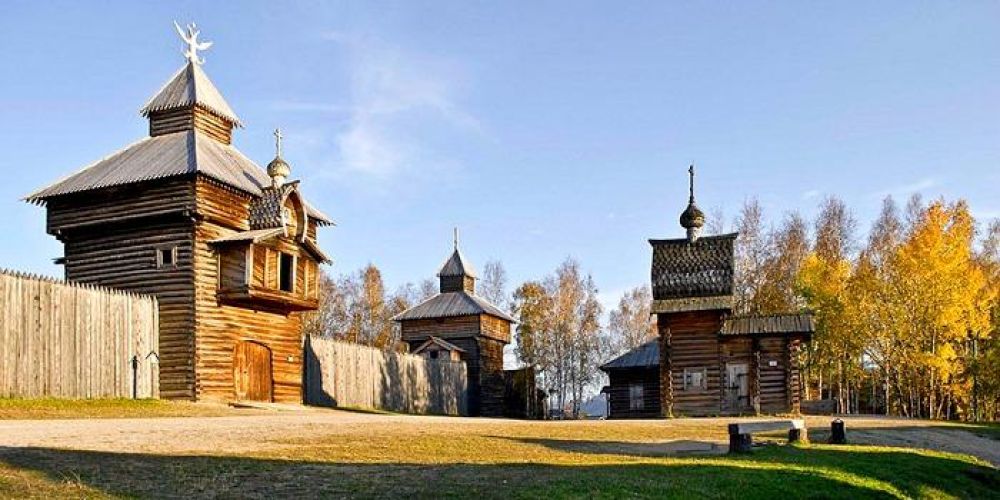

The Taltsy Museum, officially known as the Taltsy Architectural and Ethnographic Museum, is an open-air museum located on the Angara River, roughly 47 kilometers away from Irkutsk, one of Siberia's largest cities. This museum, which effectively preserves the cultural heritage of the peoples of Eastern Siberia, was established in 1969 when the Ust-Ilimsk Dam construction threatened several historical monuments. Unique buildings and constructions were moved and reconstructed on the museum’s grounds to rescue them from flooding.
Since its inception, the museum has become a quintessential stop for tourists seeking to understand the local history, culture, and architecture. It has been an educational and cultural treasure, showcasing the traditional Siberian way of life through its historical wooden buildings, including examples of Russian, Buryat, and Evenki construction.
Throughout the 1970s and 1980s, the Taltsy Museum gained popularity as domestic tourism in the USSR sought to celebrate the diverse heritage of the nation’s many ethnic cultures. With the fall of the Soviet Union and the opening up of Russia to international travel, the museum saw a steadily increasing number of overseas visitors. Recent years have seen a further influx of tourists, in part due to the museum's proximity to the famous Lake Baikal and the city of Irkutsk, which is often a key stopping point on the Trans-Siberian Railway.
In today's travel landscape, the Taltsy Museum stands as a living testament to the lifestyles of past eras, with well-preserved examples of 17th to 20th century Siberian architecture. With over 40 historical and ethnographic structures, including a fort tower from the Ilimsk Ostrog (originally built in 1667), and a variety of seasonal activities and festivals, the museum offers an immersive experience for all visitors.
Interactive experiences such as craft workshops, traditional cooking classes, and folk performances are a staple of the museum, bringing Siberian traditions to life for modern explorers. Every structure and exhibit tells its own story, from wooden houses complete with original furnishings to a village school, a church, and even a shaman's yurt.
In line with global tourism trends, the Taltsy Museum has witnessed a shift towards more sustainable and responsible travel experiences. Tourists nowadays are keener on authentic interactions that contribute to the preservation of local heritage. The museum has adapted to this trend by promoting sustainable practices and enhancing educational programs that focus on ecological and cultural sensitivity.
Additionally, with the rise of social media, the picturesque scenery of the Taltsy Museum and the background of the Angara River and nearby forests have become popular backdrops for photography enthusiasts and Instagram users, further fueling the museum’s popularity and helping to raise awareness of the cultural legacy of Siberia.
Visitors are encouraged to check the official Taltsy Museum website for current events, exhibit information, and seasonal activities to make the most of their visit. Due to its outdoor nature, the museum is accessible year-round, offering a unique ambiance and set of attractions with each changing season. Those looking to visit during the winter can witness a snowy wonderland, while summer offers lush landscapes and the opportunity to explore the site without the chill of the Siberian cold.
Whether delving into the architectural wonders or participating in hands-on cultural experiences, the Taltsy Museum continues to be a key destination for anyone interested in the rich tapestry of Russian history and culture.